settings
children
With Famly since
Why is social emotional development important in preschool?
Emotions aren’t just something we have—they’re at the heart of what it means to be human. From our earliest moments, emotions shape how we see the world, how we connect with others, and even how we understand ourselves. This isn’t something we grow into; it’s something we’re born with.
That’s why helping kids develop social-emotional skills early on is so essential. It’s not just about teaching them to manage or name their feelings; it’s about giving them the tools to build friendships, communicate their needs, and understand those around them.
If you haven’t already, I highly recommend that you watch my interview with Momentous Institute’s Dr. Jessica Gomez, where we dive into the importance of incorporating mental health into early childhood.
In that conversation, we talked about Momentous Institute’s incredible evidence based research that demonstrates all the benefits to a child’s growth and development when prioritizing social-emotional learning and mental well-being into their early years. The benefits are not only instantly beneficial, but research shows the amazing influence it has on the child throughout their adult life.
If we believe that lifelong skills like problem-solving and communication should be taught in early childhood, why shouldn’t we teach emotion regulation and mental health too? These are also lifelong skills - we are always experiencing thoughts and feelings.
What do you mean by social-emotional learning (SEL)?
Let’s take a couple steps back, and define these terms.
Social emotional skills refer to the ability to recognize, identify and tolerate emotions which strengthens self-awareness and influences interpersonal skills and relationships.
That’s a bit of a mouthful.
So basically, social emotional skills are what helps us refrain from punching someone who cuts us in line, or allows us to be empathetic when our friend didn’t do well on a test rather than excitedly screaming that you got an A+.
Social emotional learning and mental well-being directly relate to one another, and therefore are often used synonymously.
Having strong social emotional skills correlates with mental well-being. With the ability to regulate emotions, build positive relationships, manage stress, we are building resilience and positive coping mechanisms which helps protect us from mental health challenges.
The big ideas

How do you incorporate social emotional learning into early childhood?
So that all makes sense to me. But I still wasn’t sure about how to implement it into an early childhood curriculum. What do you mean you can incorporate mental health and well-being at such a young age?
It’s hard to imagine how to talk about those more complex, and often taboo, topics with the little ones. Most of them can’t even identify their emotions yet!
That’s why I circled back with Momentous and asked, “Can you share some specific activities that you use at your preschool to help the children learn coping strategies, breathing skills, and emotional regulation?”
Here’s what they shared, and I guarantee you’ll be surprised by just how easy - but extremely effective - these social and emotional activities are.
9 social emotional learning activities for preschoolers
1. Alphabet full of happiness
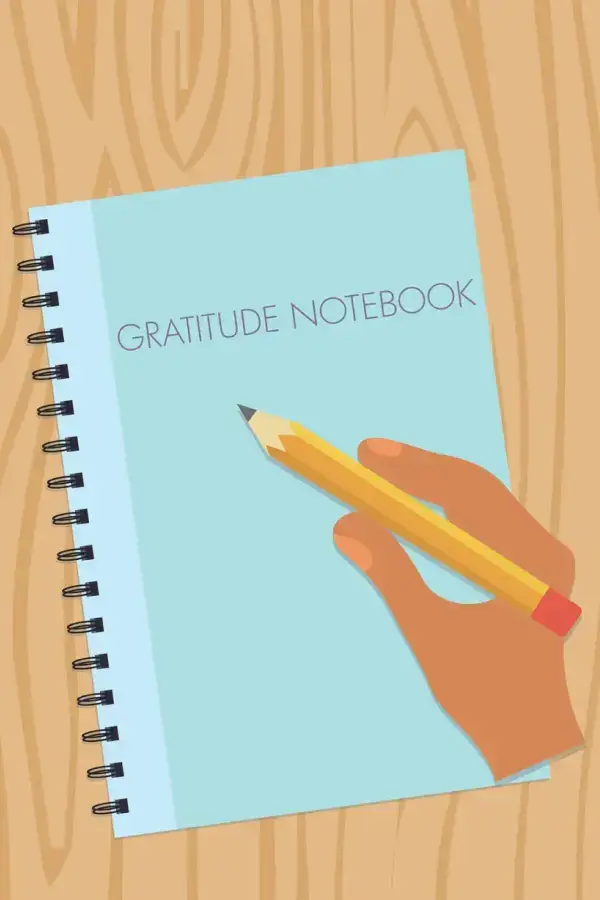
Source: Momentous Institute
A gratitude journal isn’t anything new, but it’s effective in helping the mind focus on the positives and what makes us happy. And, this one incorporates their ABCs!
What you need:
- A blank journal or notebook
- Colored pencils, markers, crayons
- Any other arts and crafts you’d like! Sparkles, glitter, stickers, etc.
The activity:
- Write the alphabet out, with one letter on each page of the notebook. So “A” on the first page, “B” on the next, “C” on the next and so on.
- For each letter, write and draw all the things you are grateful for that start with that letter.
- The best part? This activity is ongoing! Do one letter a day, or add an item or two each day to any letter.
- Plus, decorating the outside of the notebook is an activity in itself!
2. Pay attention to your breathing
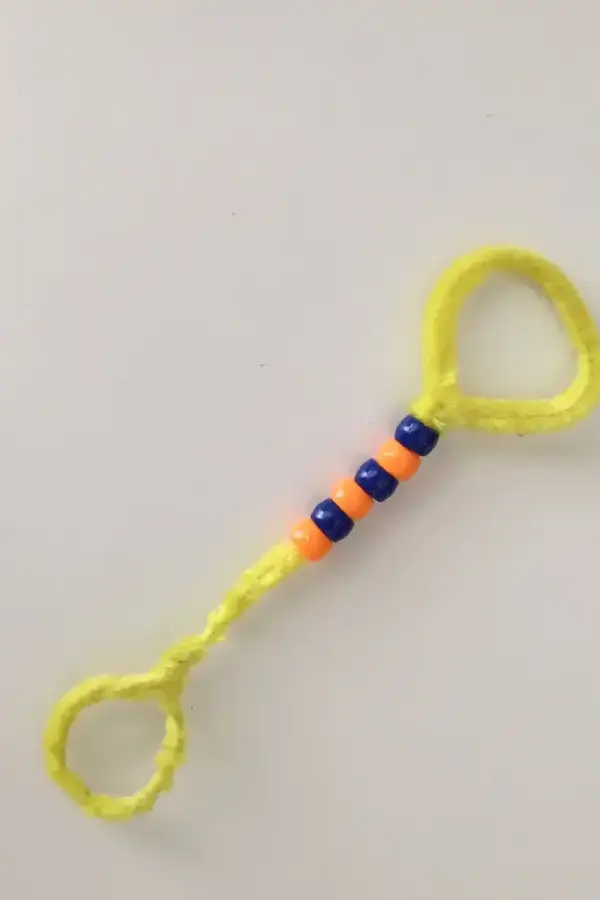
Source: Momentous Institute
As adults, we should pause and pay attention to our breathing as a way to return to the present moment, and help regulate emotions like anger and frustration. I don’t know about you, but I really struggle with this.
So, why not start practicing as early as possible? This breathing stick does just that for the kiddos. Plus, it can fit in your pocket, your backpack, or on a keychain, so it’s always there when you need.
What you need:
- Pipecleaner
- Beads
The activity:
- Add as many beads as you want onto the pipecleaner.
- Then, fold the ends so they don’t fall off
- Then - breathe. Every time you take a breath in or out, move a bead to the other side of the pipecleaner. Practice different lengths of inhales and exhales and see what the child likes best.
- Step-by-step video instructions here
3. Breathe like a ssssssnake!
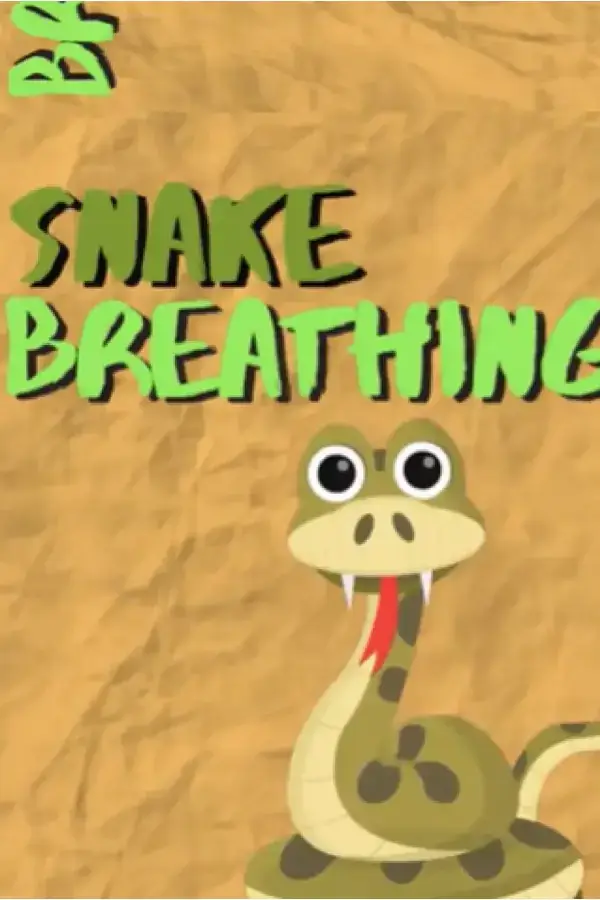
Source: Momentous Institute
It’s common to practice farm animal noises with children, like Oink or Moooooo or Cock-a-doodle-doo. But mimicking a snake sound is actually the perfect way to practice deep breathing.
What you need:
Nothing!
The activity:
- Breathe in and as you breathe out make the hissing “ssssss” sound just like a snake would!
- How long can you make the sound for?
Another animal that you might not realize is great for practicing deep breaths is the starfish.
4. Watch your emotions pass away

Source: Momentous Institute
A key element of emotions is that they pass, and this still gives me peace of mind when I am sad, frustrated or anxious. Children’s emotions are new, unfamiliar and therefore can feel really intense. Teaching them that emotions are temporary can help them feel more in control of overwhelming feelings.
What you need:
- A buddha board or a chalk board work best
- Something to write on the board you choose
- Water
The activity:
- Have the child draw their emotion on the board - or explain to you what to draw.
- Then pour the water on the board and watch the emotion slowly go away.
- This is a great way to show them that they don’t go away instantly, but they do eventually pass.
5. Don’t pop the bubbles!

Sources: Momentous Institute & Momentous Institute
Emotions fuel behaviors, but sometimes those behaviors aren’t actually the most helpful or beneficial. Like throwing your toy across the room because you’re upset that it’s time to clean up. Or throwing your food across the table because you’re not hungry.
Simply, emotions can cause us to act impulsively and we need to learn how to take a step back. Bubbles are the perfect activity for just that.
What you need:
Bubbles (maybe even a bubble machine!)
The activities:
There are a few!
- Blow bubbles and for a certain duration of time, tell the kids they can’t pop them - no matter how tempting it may be!
- Blow bubbles and tell the kids to hold it on their hand without popping it for a certain amount of time.
- Even imagining bubbles can be just as powerful for emotion regulation. Like when trying to take a nap or fall asleep, or trying to calm down, just imagine your thoughts as if they are bubbles floating and popping, coming and going.
6. Share your worries
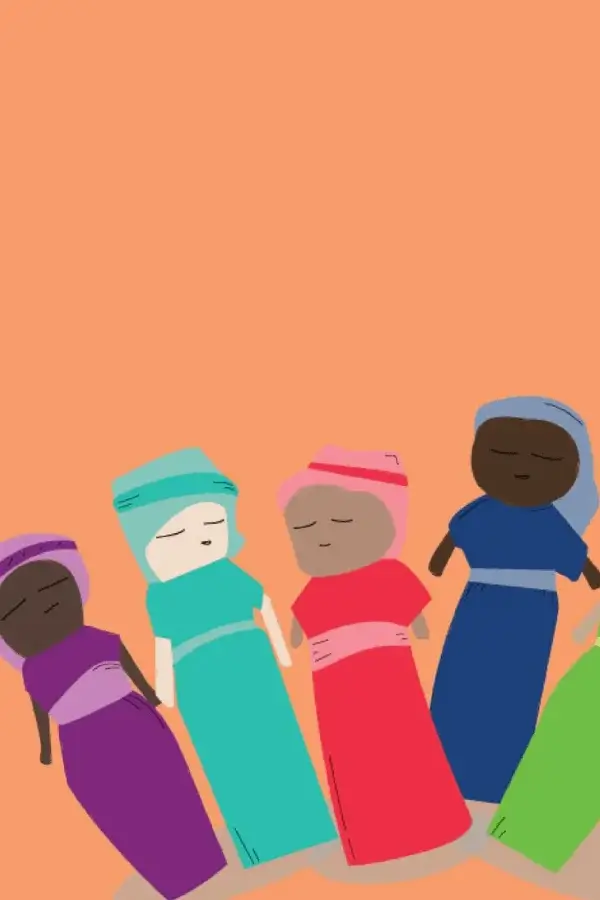
Source: Momentous Institute
No one needs to keep their emotions to themselves - especially the negative ones. This is hard for many adults. Start teaching them young that they can share the “burden” and don’t have to get through it alone.
What you need:
You can make a specific worry doll or use the child’s favorite stuffed animal or blankie
The activity:
Have the little ones share their worries with their doll, stuffed animal or blanket. They don’t need to keep it in and deal with it alone.
7. Slowly slowly slowly said the sloth

Source: Momentous Institute
We all know and love Eric Carle’s books, like The Hungry Caterpillar. For this activity, you’ll need his book, Slowly, Slowly, Slowly, said the Sloth.
Think of this activity like a calmer, slower “Simon Says.” This control of going slower will work their prefrontal cortex part of the brain.
What you need:
A teacher or adult to lead the way
The activity:
Tell the children to follow your movements - but slowly, slowly, slowly.
8. Go for a walk
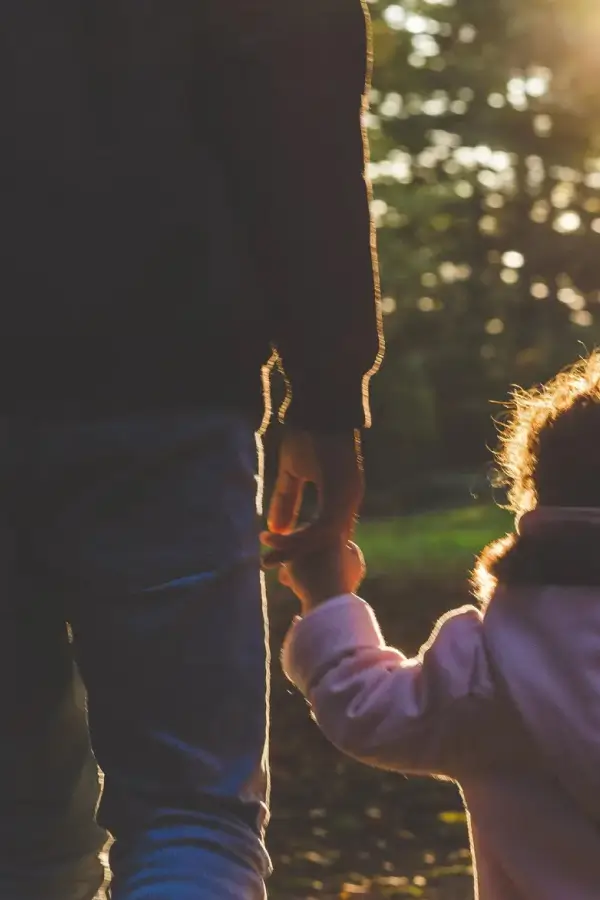
Source: Momentous Institute
Focusing on the positive, and what we are grateful for or appreciative of takes practice. Many of us tend to notice and focus on the negatives. Something as simple as going for a walk with the intention of looking for beauty and positivity is a great way to work that skill.
What you need:
An environment to walk around! Indoor or outdoors.
The activity:
It’s plain and simple. Go for a walk, and observe your surroundings with the intention to focus on the positive.
If you struggle with this lack of direction and want some inspiration to help, you can turn this walk into a…
9. Gratitude scavenger hunt

Source: Momentous Institute and Friday We’re in Love
The activity:
Use prompts as inspiration, like: find something that is your favorite color, or find something that smells good, find something that looks silly, etc.
Please note: here at Famly we love sharing creative activities for you to try with the children at your setting, but you know them best. Take the time to consider adaptions you might need to make so these activities are accessible and developmentally appropriate for the children you work with. Just as you ordinarily would, conduct risk assessments for your children and your setting before undertaking new activities, and ensure you and your staff are following your own health and safety guidelines.
Top tips from Reynolda Preschool
Get top tips from a preschool just like yours. Hear from Reynolda Preschool on why and how they use Famly - and why they’ve never looked back.
Read their story









